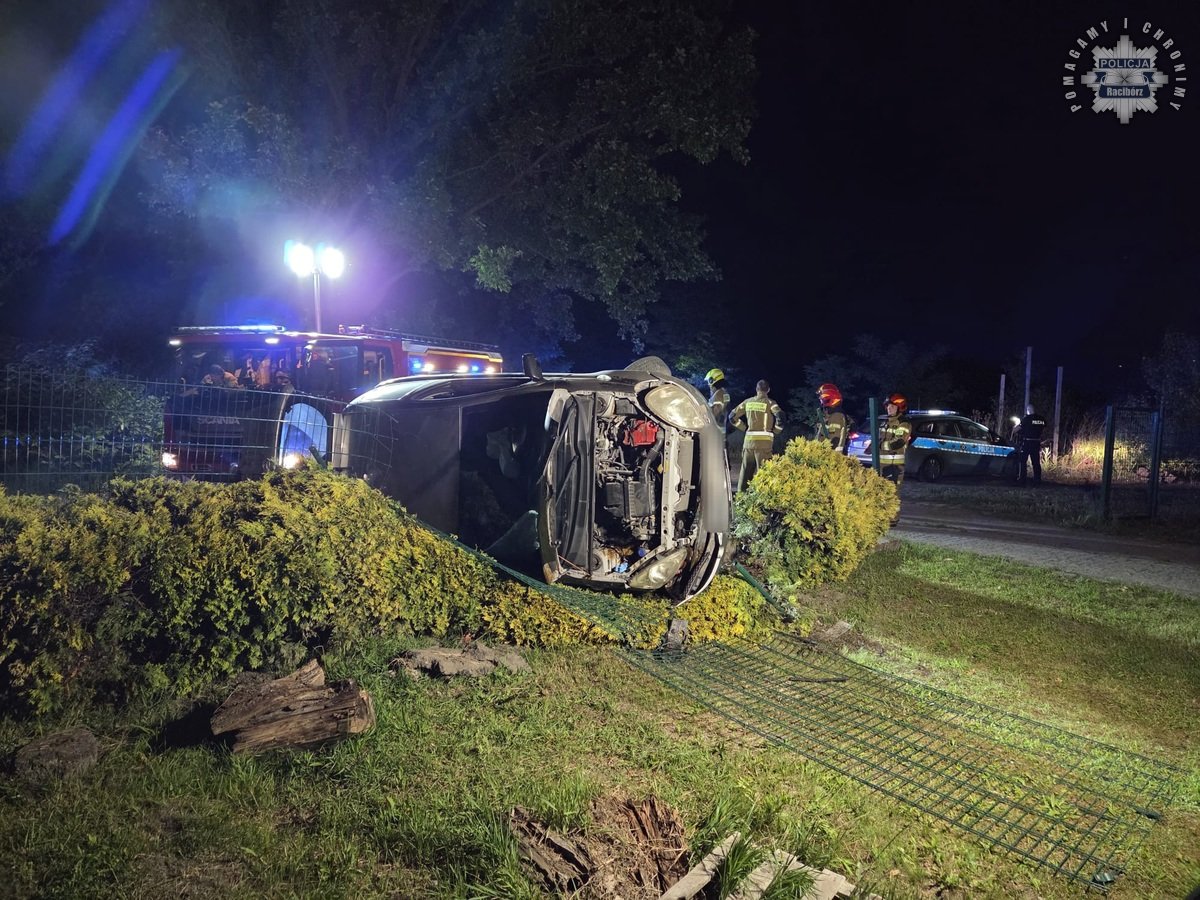
Air travel occasionally presents passengers with unsettling experiences, particularly when encountering severe turbulence.
Recent incidents, including injuries aboard commercial flights due to extreme weather conditions, have brought renewed attention to how aviation professionals manage these challenging situations and the comprehensive safety measures built into modern aircraft.
 Photo: Emirates
Photo: EmiratesUnderstanding Severe Turbulence
Martin Chalk, a veteran aviator with over 4 decades of experience spanning military service and commercial aviation across various aircraft types, explains that atmospheric disruptions represent manageable operational challenges rather than insurmountable dangers.
Throughout his extensive career flying regional turboprops in Scotland and operating both short-haul and long-haul routes from major airports on advanced aircraft, including Airbus A320s and A380s, his experiences with severe turbulence resulted in nothing more than temporary discomfort.
Types of Turbulence and Detection Methods
Aviation professionals encounter various categories of atmospheric turbulence, each requiring specific management approaches.
The most common type in regions like the United Kingdom occurs within cloud formations, where air circulation patterns create vertical movements. Storm systems present particularly challenging conditions with violent internal air currents, making avoidance the preferred strategy.
Modern aircraft utilise sophisticated radar technology to detect and avoid these weather systems, even when visual identification is impossible.
This technology enables flight crews to navigate around areas with severe updrafts and downdrafts, making storm-related turbulence relatively straightforward to manage through route planning and real-time adjustments.
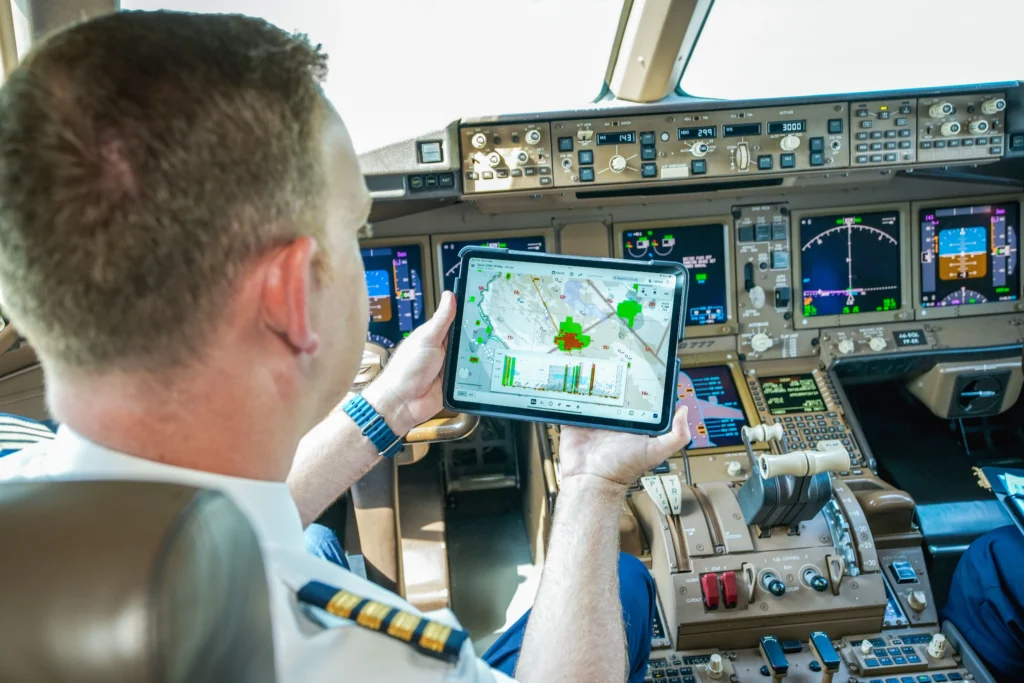 Photo: Emirates
Photo: EmiratesClear Air Turbulence (CAT)
Clear air turbulence presents a more complex challenge for aviation professionals, as it occurs in apparently calm conditions without visible weather indicators.
This phenomenon typically develops when aircraft traverse boundaries between air masses moving in different directions, creating sudden and dramatic changes in flight conditions.
Weather services provide forecasting data to help pilots identify potential clear-air turbulence zones, including detailed altitude information and severity predictions. These forecasts enable flight crews to make informed decisions about route modifications and passenger safety preparations before encountering problematic areas.
The aviation industry approaches these situations through a risk assessment framework that categorises various operational hazards on a scale rather than viewing them as absolute dangers.
This methodological approach allows flight crews to implement appropriate mitigation strategies based on the severity and type of atmospheric conditions encountered.
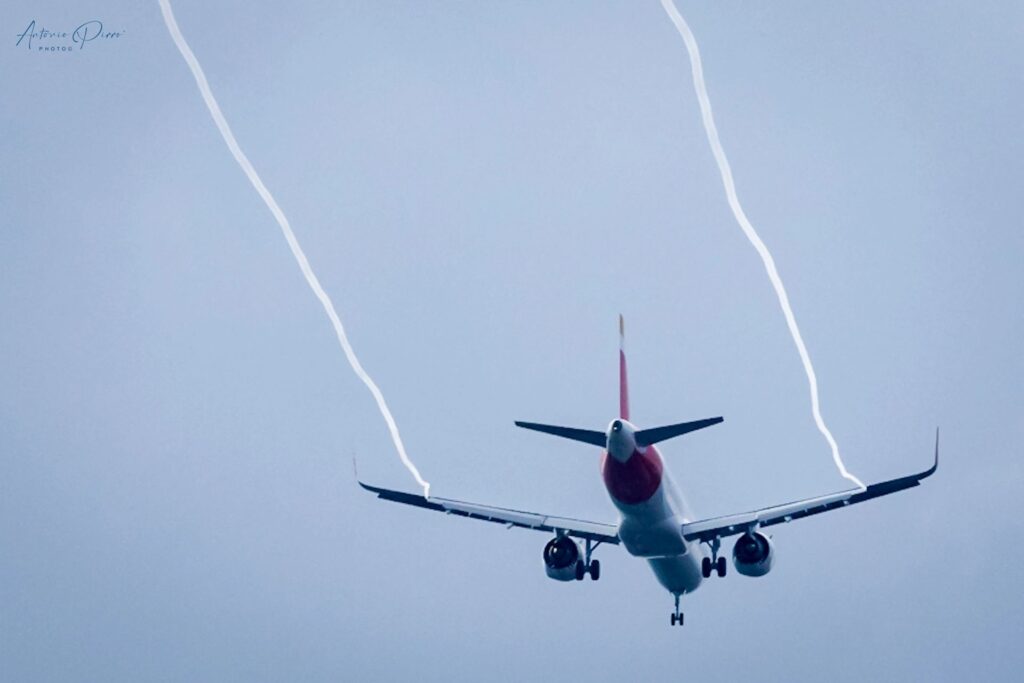 Photo: Antonio Pirro’
Photo: Antonio Pirro’Aircraft Engineering
Modern commercial aircraft undergo rigorous design and testing procedures to ensure structural integrity under extreme conditions.
These machines are engineered to withstand significant impact forces during landing on solid runway surfaces, making them exceptionally capable of handling fluid atmospheric disturbances that naturally yield to the aircraft’s passage.
Occasionally, severe airflow disruptions may temporarily affect engine performance by disturbing the smooth flow of air through the engines. However, these effects are typically brief, with normal operations resuming once conditions stabilise. The robust engineering of contemporary aircraft ensures that such temporary variations do not compromise overall safety or operational capability.
Crew Training and Safety Protocols
Professional flight crews undergo extensive training to handle various atmospheric conditions and implement appropriate safety measures.
Standard operating procedures require at least one pilot to remain secured in their seat at all times, ensuring continuous aircraft control capability regardless of unexpected turbulence encounters.
Statistical analysis reveals that weather predictions for clear air turbulence prove accurate approximately 75% of the time when safety protocols are implemented.
While passengers may question precautionary measures during smooth flight segments, these protocols prove essential during the 25% of occasions when severe conditions materialise as predicted.
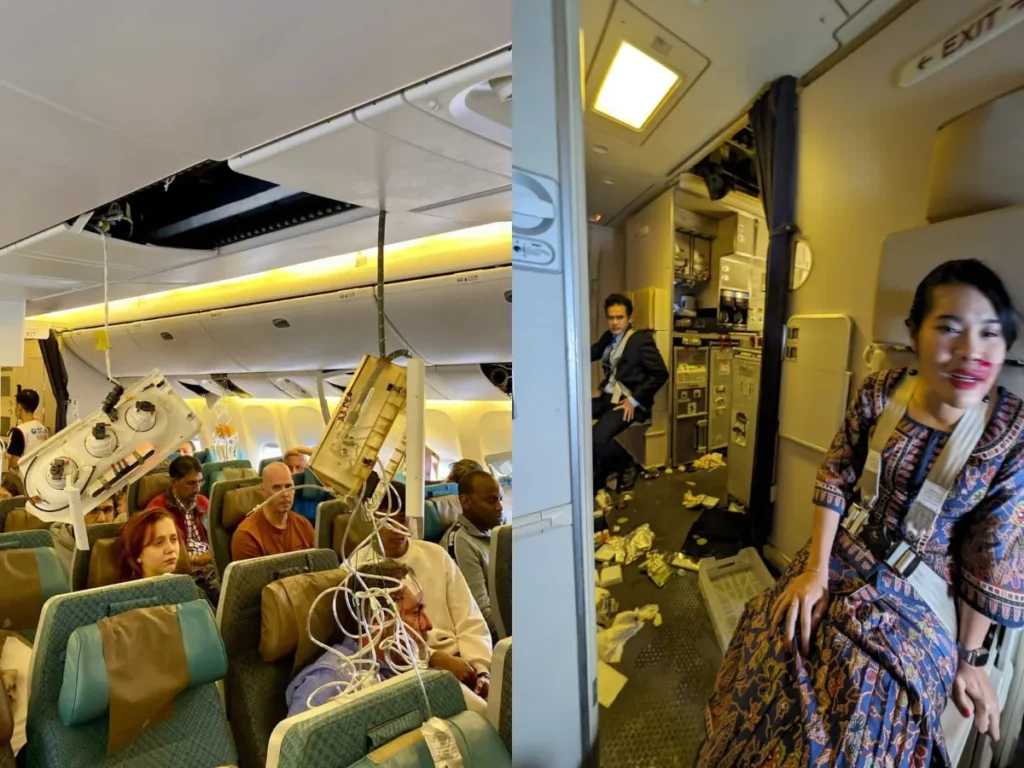 Singapore Airlines Flight 321 Turbulence Incident; Photo- @fl360aero (X)
Singapore Airlines Flight 321 Turbulence Incident; Photo- @fl360aero (X)Passenger Safety Considerations
Aviation safety protocols focus primarily on preventing two categories of passenger injuries during turbulence events:
- Physical harm from being thrown within the aircraft cabin
- Injuries from loose objects becoming projectiles
Aircraft designers have implemented sophisticated locking mechanisms for overhead storage compartments that actually tighten under stress rather than opening unexpectedly.
The primary safety concerns involve unsecured personal items such as electronic devices, beverages, and personal belongings.
Service equipment like trolleys and serving items is deliberately manufactured with lightweight materials to minimise potential injury if they become dislodged during severe turbulence.
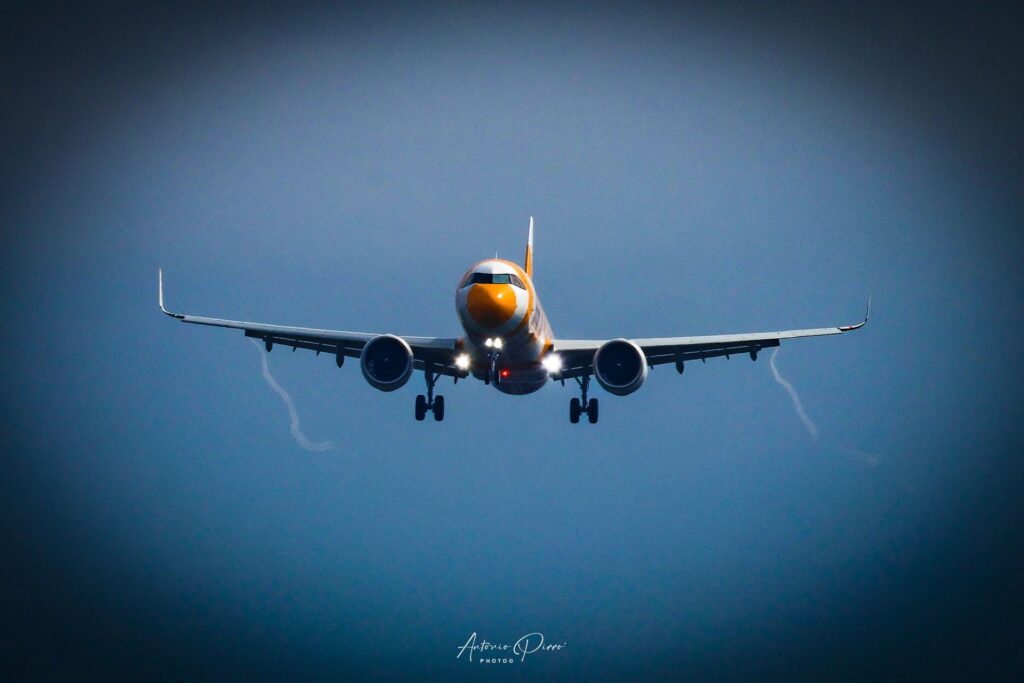 Photo: Antonio Pirro’
Photo: Antonio Pirro’Industry Safety Record
Despite occasional incidents that generate media attention, commercial aviation maintains an exceptional safety record globally.
Professional pilots emphasise that turbulence, while uncomfortable, represents a manageable operational challenge rather than a significant safety threat.
The combination of advanced aircraft engineering, sophisticated weather prediction systems, comprehensive crew training, and proven safety protocols ensures that passengers can travel with confidence even when encountering challenging weather conditions.
Aviation continues to evolve with improved technology and enhanced safety procedures, making air travel one of the safest transportation methods available.
Stay tuned with us. Further, follow us on social media for the latest updates.
Join us on Telegram Group for the Latest Aviation Updates. Subsequently, follow us on Google News
Singapore Airlines Victims Face Trauma One Year After 777 Turbulence Incident
The post How Pilots Navigate Through Severe Turbulence appeared first on Aviation A2Z.











